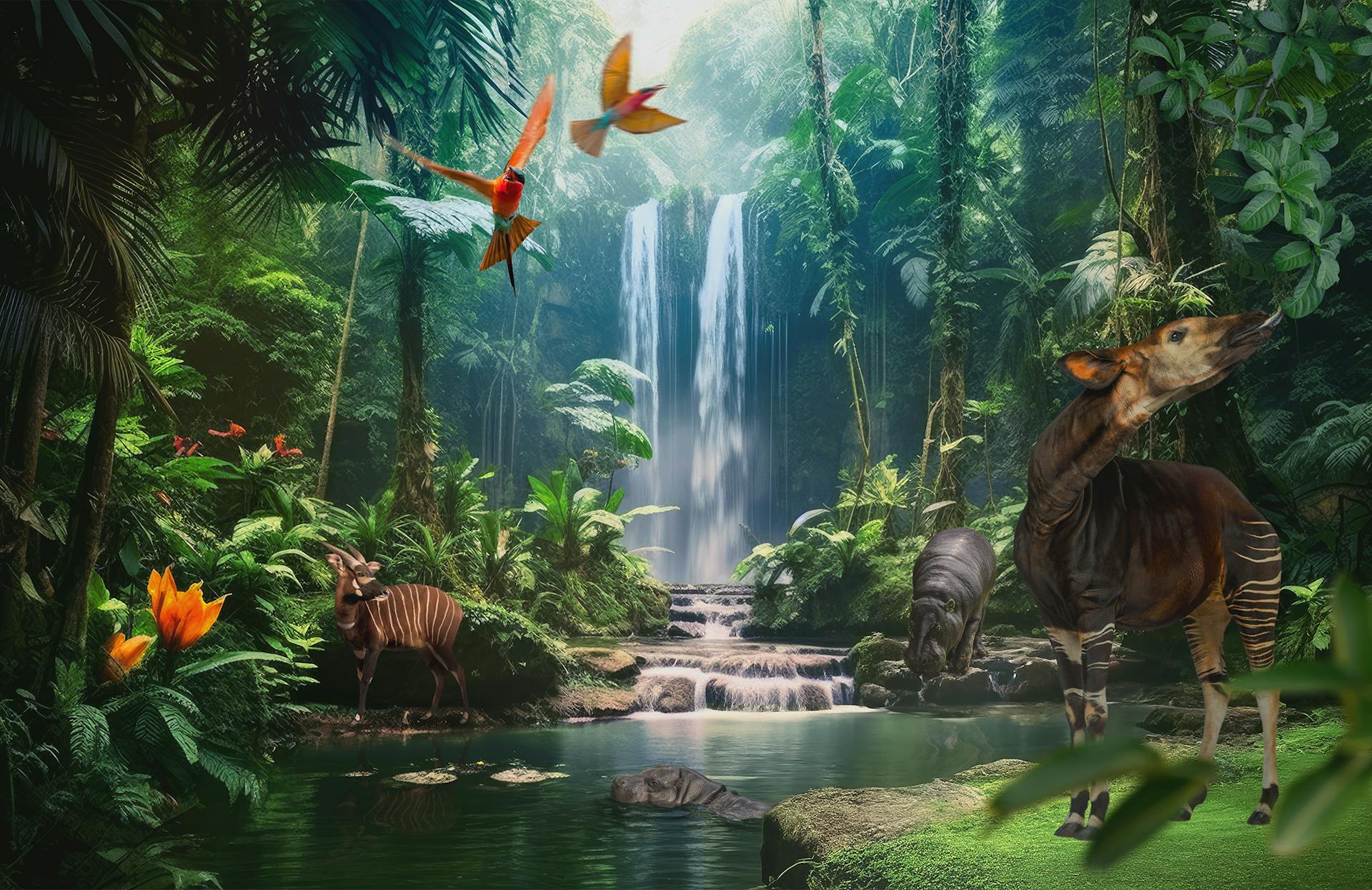
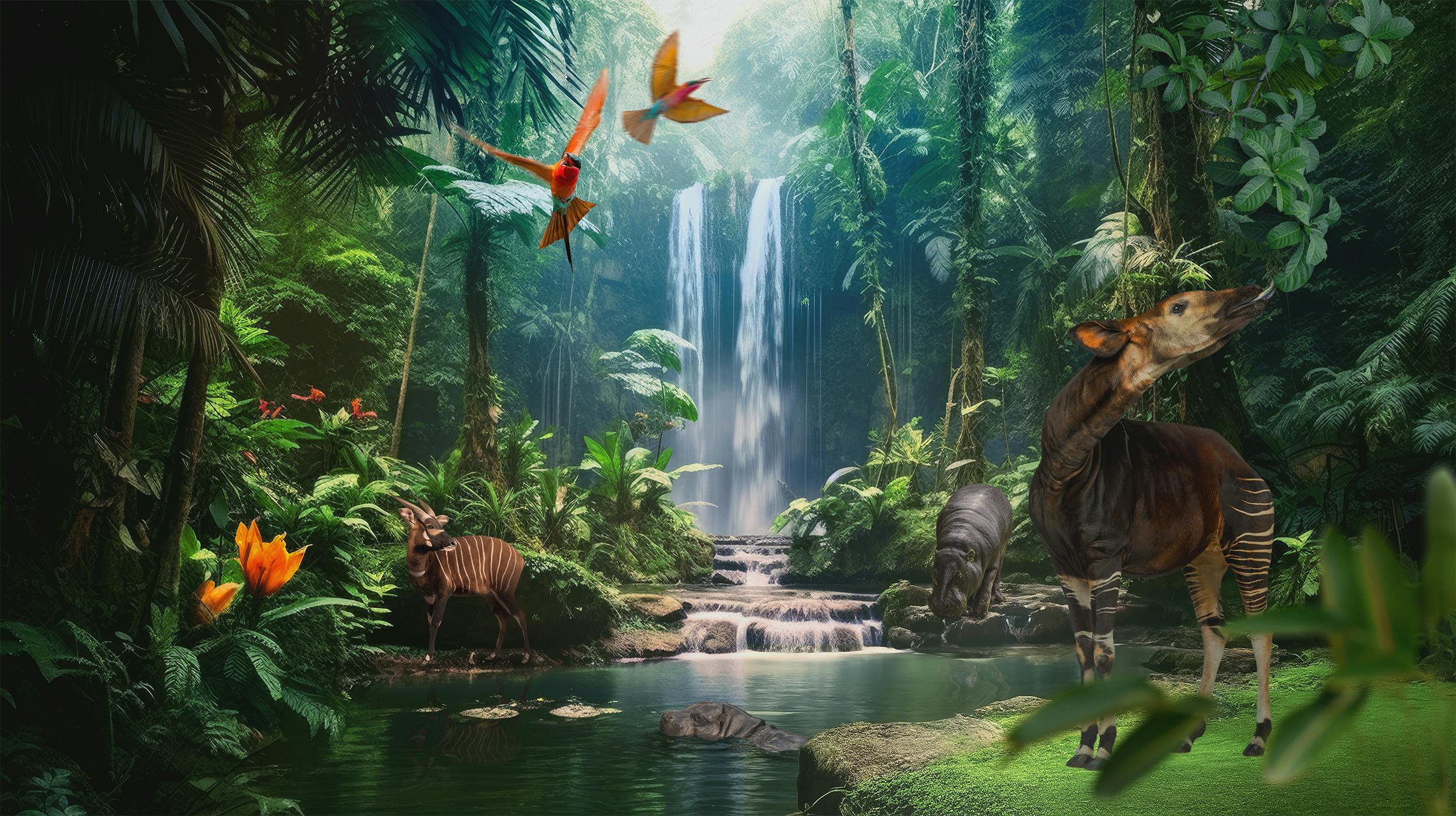
Experience, Protect, Blijdorp






Diergaarde Blijdorp is more than just a fun day out to observe animals. Visitors experience the natural habitats of species and receive information about biodiversity conservation from us. If we do nothing, species will disappear, and that calls for action. Diergaarde Blijdorp wants to take responsibility by taking the lead in species conservation and nature restoration, together with others.
We describe the urgency and the desired solution direction in the Master Plan 2050. In it, we adhere to four guiding principles: Stop the Loss, Reverse the Red, Brighten the Blue, and Expand the Green. We conduct research, provide education, and participate in international population management programs. Species conservation and nature restoration go hand in hand. One cannot exist without the other, so these two form our strategy. "Together we bring nature back to life."
How? Discover our story in 1.5 minutes

Diergaarde Blijdorp cannot save the entire animal and plant kingdom. We focus on ten animal and plant species: the TEN. It is our mission that these ten animal and plant species are no longer classified as 'Endangered' on the IUCN Red List by 2050. Why these ten? For some animals, we have been the coordinator of international population management programs for years. For others, we are leading in research. For a few species, we are one of the few institutions that house them.
Many nature reserves are struggling. Each in their own way. Nature restoration in these regions is essential to preserve endangered animal and plant species. In our impact areas, we bring everything together. Like in the Oceanium, where one or more species are always central, and where we showcase and experience their beauty and strength, as well as how we work towards restoration. For these impact areas, we indicate the impact of Diergaarde Blijdorp.

In East Africa, there are significant ecological problems. Desertification and poaching plague the area. The Rüppell's griffon vulture is a species facing tough times. Diergaarde Blijdorp is the European studbook keeper and follows the IUCN's One Plan Approach to prevent the extinction of the Rüppell's griffon vulture. Together with the Peregrine Fund, we monitor the remaining wild populations and assess suitable areas for reintroduction. In our zoo, you experience Africa through the eyes of the vulture. On the fly-over, you encounter giraffes, zebras, rhinos, and vultures at eye level.

West and Central Africa are characterized by rainforests. This region is marked by political instability, mining, and a rapidly growing population. Furthermore, the area is plagued by the consequences of our human appetite for consumption, which leads to extensive deforestation. One of the affected animal species is the pygmy hippopotamus. Together with IBREAM, Blijdorp works on research into the pygmy hippopotamus in the wild and in zoos. Diergaarde Blijdorp raises awareness of the impact of our consumption patterns. In the African Jungle, you get lost in a green oasis. It's a melting pot of animals that you hear, see, feel, and smell.
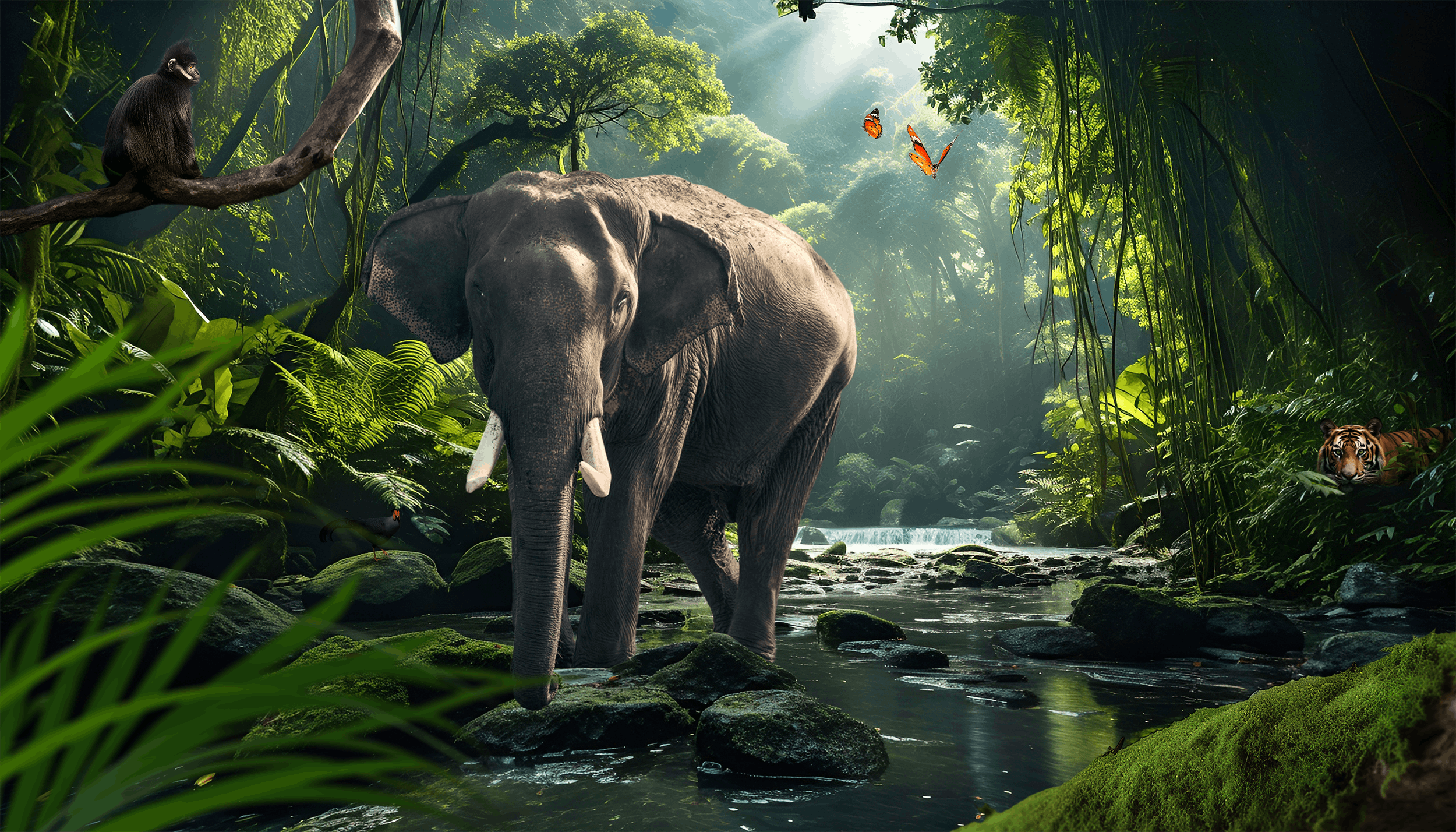
The Asian elephant has lost 85% of its habitat. Populations live very fragmented lives. There are various causes, but essentially, all threats are caused by conflict between humans and animals. Diergaarde Blijdorp has the role of coordinator of the international population management program. Together with Wageningen University & Research, we are working on a set of genetic data for the Asian elephant. We use this data to develop a genetic tool to closely monitor wild populations. In the zoo, the elephant area extends through the park via an "elephant duct." This expands their habitat, allowing visitors to encounter them in more areas.
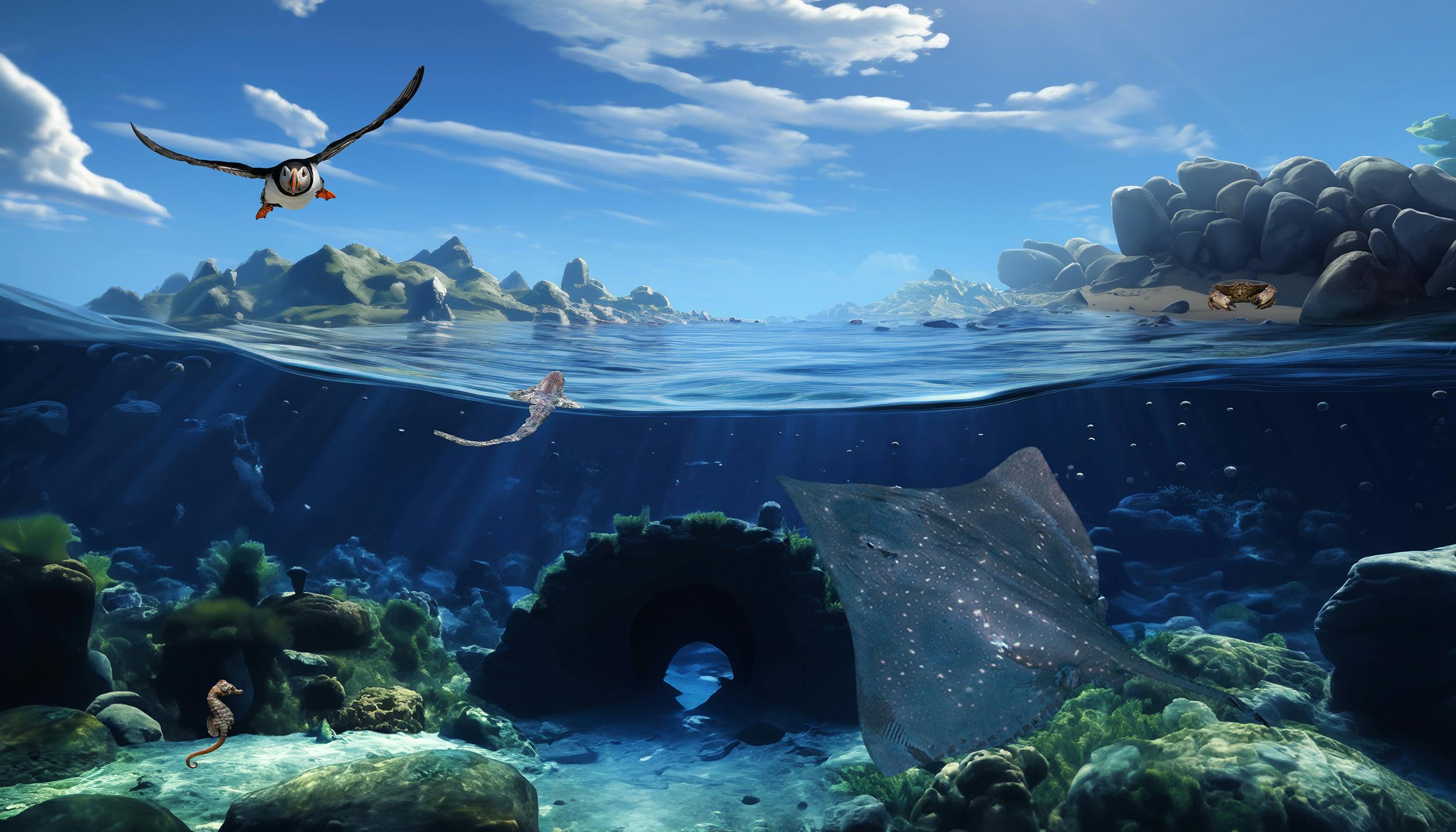
The North Sea is the busiest sea in the world, with its coasts bordering the most densely populated areas. Overfishing and destructive fishing practices are damaging marine ecosystems. Our Oceanium is well-suited to conduct relevant research on the harmful effects. The vleet is in a worrying situation, with populations dramatically declining. As a scientific institution, we bring parties together for a healthy sea. In the Oceanium, the shark tunnel traverses the largest aquarium for North Sea fish species. However, some animals, like the vleet, are too large. You experience them through an augmented reality experience.
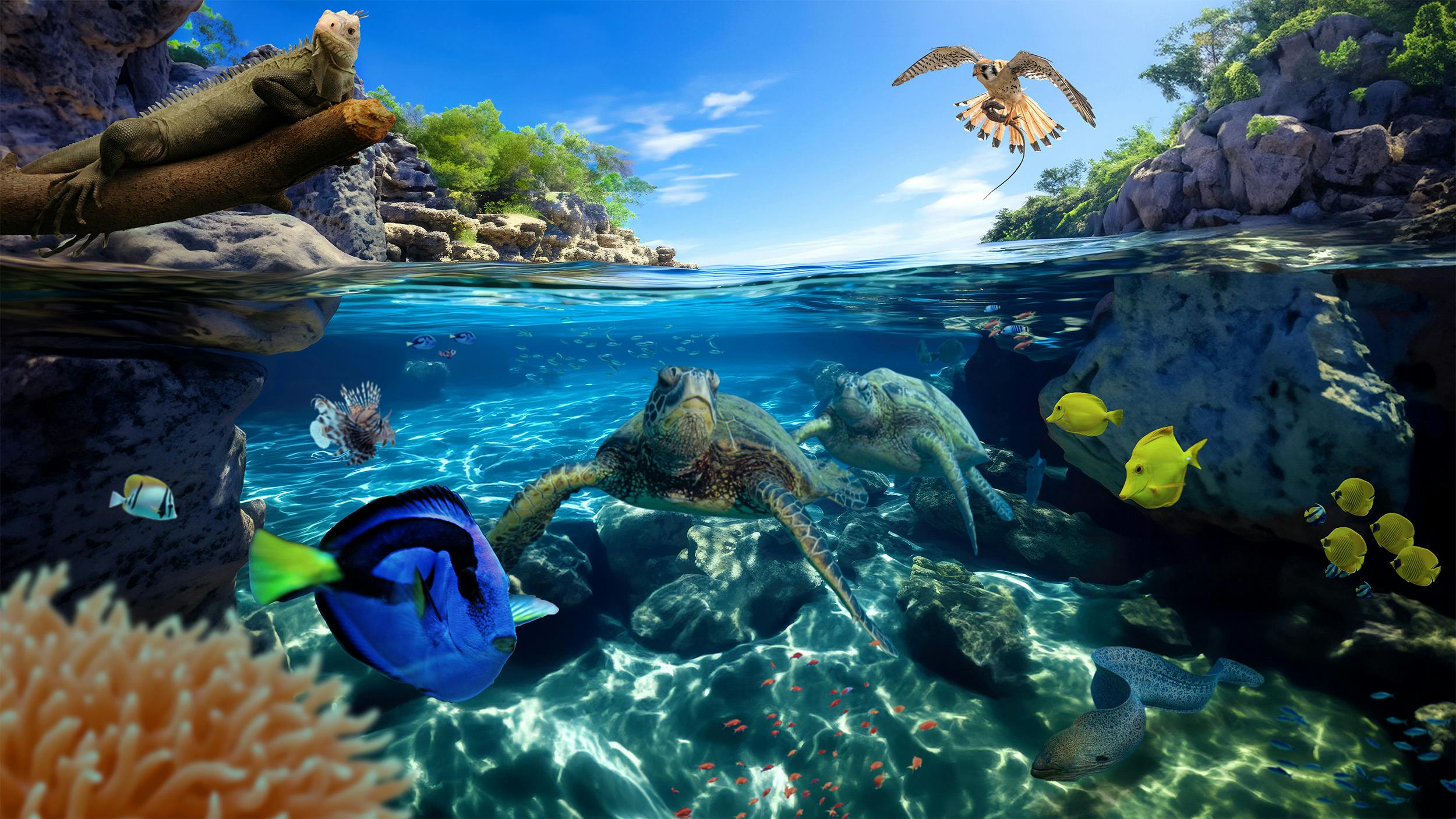
The conservation and restoration of biodiversity along the Caribbean coast and seas pose a complex challenge. Coastal ecosystems are threatened by urbanization, deforestation, and pollution. The introduction of non-native species poses a threat to indigenous biodiversity. On Bonaire, we are working on establishing a Diergaarde Blijdorp Hub. We are the only zoo with a total focus on animal and plant species from the Caribbean. We are one of the few zoos that house the Antillean iguana. In the zoo, you walk through a coral reef alongside aquariums with live coral towards the Caribbean coast.

The Himalayan region is under pressure due to population growth and the construction of hydropower plants. Red pandas are endangered; their habitat is becoming more fragmented, and food sources are diminishing. Diergaarde Blijdorp is the GSMP Convenor for the red panda, overseeing the world population of red pandas in zoos. In the Forest Guardian exhibit at the zoo, you experience how we, together with the Red Panda Network, conserve this species for the future. We are establishing a small-scale nursery where you can see how we grow trees for reforestation.

The tranquil part of Blijdorp with plenty of mature greenery is the ideal place to sit and relax. At the same time, it's the perfect spot to raise awareness in an interactive way about the presence of animals, plants, and ecosystems in our own country and city. Did you know, for example, that the Dalmatian pelican lived in the Netherlands until the fifteenth century? We are researching potential habitats for reintroducing the Dalmatian pelican. We are the coordinator of the international population management program for this species. The water buffer in our front square serves as a model for sustainable water management.
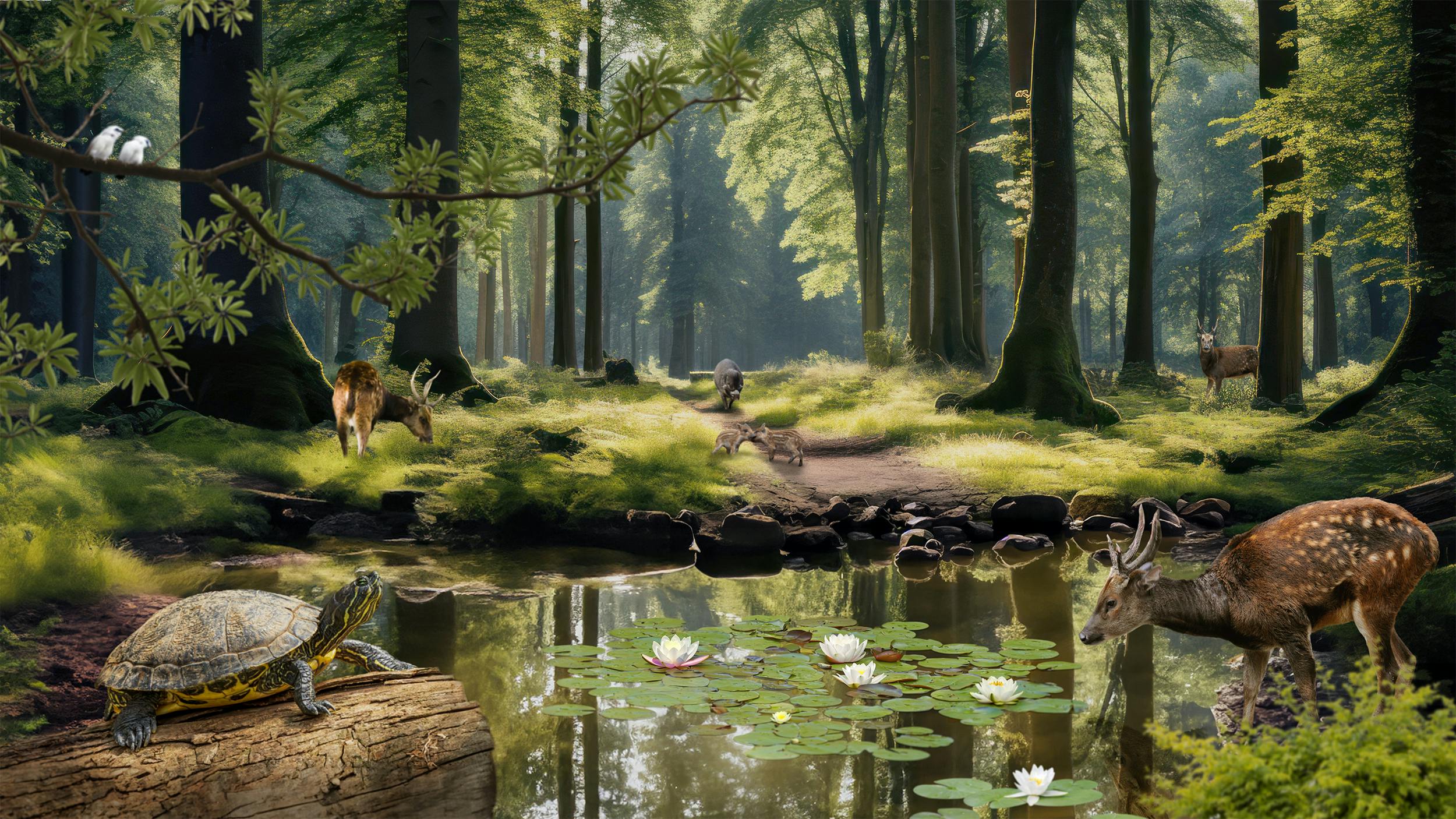
Did you know that there are species that have become extinct in the wild but still exist in zoos? For these species, places like Blijdorp are their last hope. Blijdorp creates a "Last Resort." Here, we house species of which fewer than 1,000 individuals remain. Diergaarde Blijdorp works to prevent the extinction of these species, taking the lead role for some of them. A visit to these "Last Resorts" makes you aware of where we currently stand. In the Oceanium, you'll find the Last Resort for amphibians, fish, and reptiles. In the current Malayan Forest, we have the Last Resort for mammals and birds.
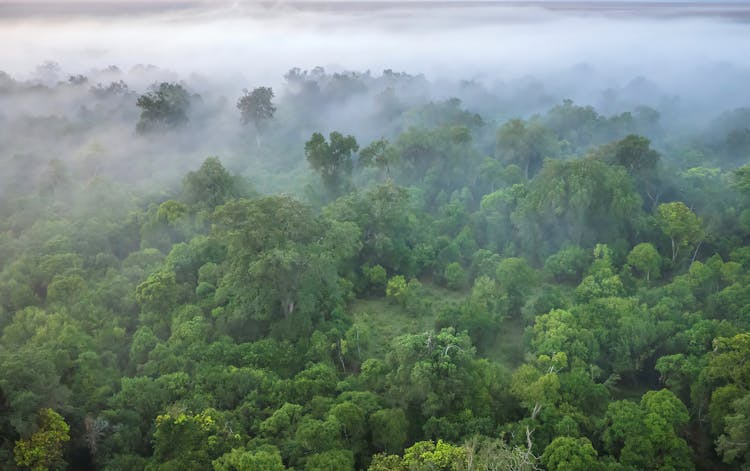

Our Zoo embraces six essential pillars that serve as a guiding principle throughout our organization. These six pillars reflect our commitment to creating a unique and meaningful experience for our visitors while contributing to a more sustainable world.
Positive animal welfare is the foundation of our actions. We systematically monitor the welfare of the animals day and night. Together with leading researchers, we continuously seek improvements based on data.
Our pursuit of knowledge and understanding of nature is relentless. We support groundbreaking research and collaborate with scientists to contribute to biodiversity conservation worldwide.
We acknowledge and respect our cultural heritage, striving to nurture the connection between humans, nature, and culture.
Sustainability is central to everything we do. We take measures to minimize our ecological footprint, from energy conservation to waste management, and encourage environmentally friendly behavior among our visitors.
We aim to provide an unforgettable visitor experience. This involves creating attractive, informative, and engaging exhibits that bring visitors closer to nature.
We aspire to inspire a new generation of nature conservationists through education. Our programs and interactive exhibitions provide insights into nature and emphasize the importance of conservation and restoration.